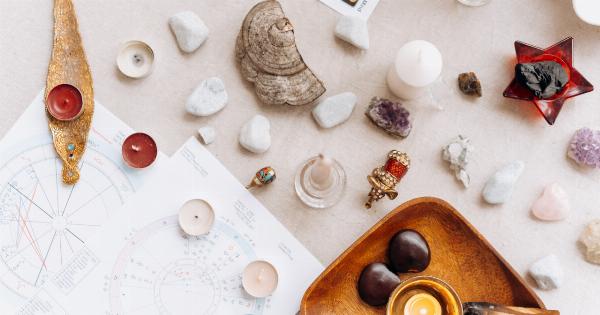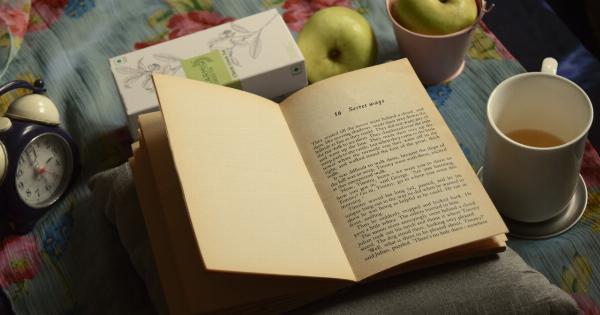Champagne, the drink of celebrations and special occasions, has long been associated with luxury and opulence.
But did you ever stop to think about how champagne affects our skin? While it may seem like a frivolous concern, the truth is that what we put into our bodies can have a significant impact on the health and appearance of our skin. In this article, we’ll take a closer look at what champagne does to our skin, both the good and the bad.
The Benefits of Champagne for Skin
Believe it or not, champagne can actually be beneficial for your skin. Here are a few reasons why:.
Antioxidants
Champagne contains antioxidants that can help protect your skin from damage caused by free radicals. Free radicals are unstable molecules that can cause harm to your skin cells, leading to premature aging and other problems.
The antioxidants in champagne can help neutralize these free radicals, protecting your skin and keeping it looking healthy.
Exfoliating Properties
Champagne contains tartaric acid, which is a natural exfoliant. This means that drinking champagne (or applying it topically) can help slough off dead skin cells, revealing fresher, younger-looking skin underneath.
Additionally, tartaric acid can help lighten dark spots and improve the overall tone and texture of your skin.
Hydration
Champagne is a hydrating drink, and when consumed in moderation, it can help keep your skin looking plump and hydrated. This is because champagne (like all alcohol) increases blood flow to the skin, which can lead to a healthy, glowing complexion.
However, it’s important to remember that overconsumption of alcohol can actually have the opposite effect, dehydrating the skin and causing it to look dull and sallow.
The Downsides of Champagne for Skin
While champagne can offer some benefits for your skin, it’s important to remember that it is still an alcoholic beverage, and as such, it can have some negative effects as well. Here are a few things to keep in mind:.
Dehydration
As mentioned earlier, overconsumption of alcohol can lead to dehydration, which can have a negative impact on your skin. When your skin is dehydrated, it can appear dull, dry, and rough.
Additionally, dehydration can exacerbate fine lines and wrinkles, making you look older than you actually are. To combat this, make sure to drink plenty of water alongside your champagne, and try to limit your intake overall.
Inflammation
Alcohol has been shown to increase inflammation in the body, and this can manifest in various ways on the skin. Some people may experience redness or flushing after drinking champagne, while others may develop acne or other types of breakouts.
This is because inflammation can lead to clogged pores and an overproduction of oil. If you notice that your skin reacts negatively to champagne, it may be best to avoid it altogether.
Sugar Content
Champagne (like all sparkling wines) contains a fair amount of sugar, which can be problematic for some people. When we consume sugar, it triggers a process called glycation, which can damage collagen and elastin in the skin.
This can lead to wrinkles, sagging, and a loss of elasticity. While drinking champagne in moderation is unlikely to cause significant damage, it’s still something to be aware of.
Conclusion
So, does champagne affect our skin? The answer is yes, but as with most things in life, it’s a bit more complicated than a simple yes or no.
While champagne can offer some benefits for your skin (such as antioxidants and exfoliation), it can also have some downsides (such as dehydration and inflammation). Ultimately, the key is moderation. Drinking champagne occasionally and in reasonable amounts is unlikely to do any harm, and may even be beneficial.
But if you find that your skin reacts negatively to champagne (or any other type of alcohol), it’s important to listen to your body and adjust accordingly.






























